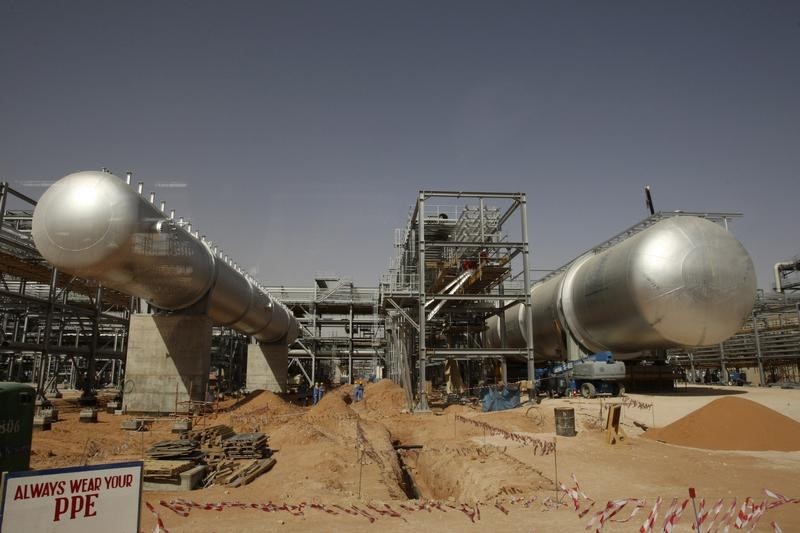Investing.com - Crude oil prices gained slightly in Asia on Tuesday with turmoil in the Middle East and top exporter Saudi Arabia in focus as well as weekly U.S. estimates of inventories.
On the New York Mercantile Exchange crude futures for December delivery fell 0.23% to $57.22 a barrel, while on London's Intercontinental Exchange, Brent edged up 0.06% to $64.11 a barrel.
The American Petroleum Institute (API) will releases its weekly estimates on crude and refined product stocks in the U.S. with a 2.8 million barrels drop in crude seen, a 2.100 million barrels decline in distillates and a 2.176 million barrels easing in gasoline inventories expected.
On Wednesday, the Energy Information Administration (EIA) releases official data. The API and EIA data sets often diverge.
Overnight, crude oil prices settled higher on Monday amid a spike in political uncertainty in the Middle East after Saudi Arabia Crown Prince Mohammed bin Salman, through an anti-corruption crackdown made a series of moves to consolidate his power.
An anti-corruption drive led by Saudi Arabia Crown Prince Mohammed bin Salman resulted in wave arrests of prominent Saudi Arabian including royals, ministers and investors, fuelling political risk in the region.
The anti-corruption crackdown comes as optimism grew for an extension to the output-cut agreement beyond March amid comments from Saudi energy minister Khalid al-Falih, who highlighted the importance of further cuts.
“There is a general satisfaction with the strategy of 24 countries that signed a declaration of cooperation,” Khalid al-Falih said Friday.
“Everybody recognises that (the) job is not done yet by any means, we still have significant amount of work to do to bring inventories down. Mission is not yet complete, more needs to be done,” he added.
In May, OPEC producers agreed to extend production cuts for a period of nine months until March, but stuck to production cuts of 1.2 million bpd agreed in November last year.
In the U.S. meanwhile, traders continued to cheer data pointing to tightening in production after Baker Huges reported Friday that the number of oil rigs operating in the US fell by eight to 729.
